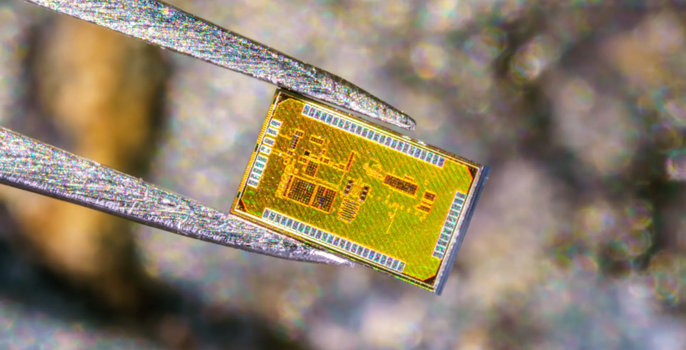RFID Readers are the gateway to a sea of information on various items and topics, but this source has been limited to dedicated devices in the past. However, with AI and technology ushering in a new era in almost every field, the way RFIDs have been seen or used may also change. A tag-integrated chip and a software update could allow everyday smartphones to do the job.
RFID, also known as radio frequency identification, doesn’t need batteries. Instead, they work with the help of signals (radio waves) sent out from the RFID. The radio wave is what contains information on the item to which the tag adheres.
A group of University of California, San Diego scientists is committed to bringing this functionality to consumer smartphones. The group, spearheaded by Patrick Mercier, Dinesh Bharadia, Shih-Jai Kuo, and Manideep Dunna, says the solution lies in the inexpensive chip used in the tag and a simple software update for the phone.
According to the scientists, “When the smartphone gets to within 1 meter (3.3 ft) of the chip, the phone’s LTE signal powers the chip up. At the same time, the phone sends a querying Bluetooth signal to the chip, which responds by transmitting a Wi-Fi signal back to the phone, which contains information such as expiry dates for perishable items, ingredients of food products, or instructions for usage.”

The chip is very cheap; it costs a few cents to manufacture. The size of the chip is 3.2 sq cm. Apart from the chip, the software update only would convert the phone’s outgoing Bluetooth signal into a format that the chip can more easily convert into a Wi-Fi response.
“What we’ve developed is a chip for a tag that can be read at a distance – like RFID – but in this case using Bluetooth and Wi-Fi features built into the phone,” Assoc. Prof. Mercier told us. “So it’s enabling an RFID-like experience without requiring the purchase of additional hardware.”

The scientists feel that the technology is ready to be commercialized, but it is yet to be seen whether the scientists would opt for a spinoff company or an existing industry partner to do so.
Source: UC San Diego


